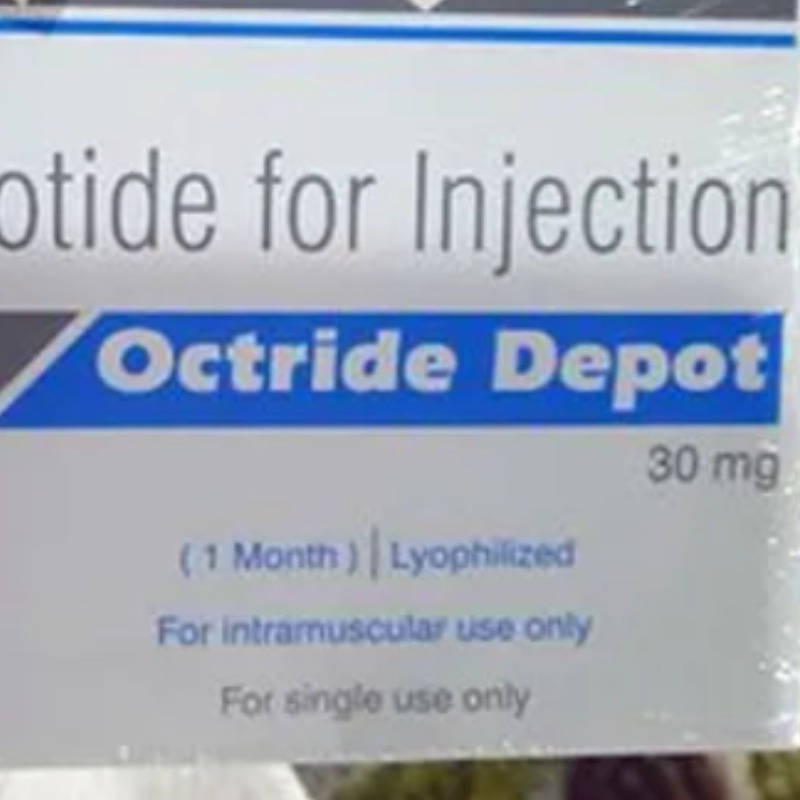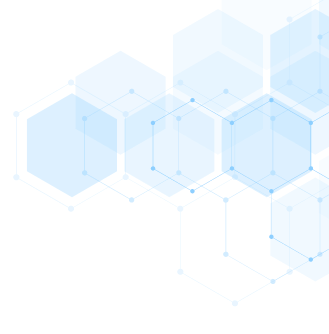DESCRIPTION
MECHANISM OF ACTION
• Third-generation platinum compound.
• Cell cycle–nonspecific, with activity in all phases of the cell cycle.
• Covalently binds to DNA, with preferential binding to the N-7 position of guanine and adenine.
• Reacts with two different sites on DNA to produce cross-links, either intrastrand (< 90%) or interstrand (< 5%). Formation of DNA adducts results in inhibition of DNA synthesis and function as well as inhibition of transcription.
• DNA mismatch repair enzymes are unable to recognize oxaliplatin-DNA adducts in contrast with other platinum-DNA adducts
as a result of their bulkier size.
• Binding to nuclear and cytoplasmic proteins may result in additional cytotoxic effects.
ABSORPTION
Administered only via the IV route, as it is not orally bioavailable.
DISTRIBUTION
Widely distributed to all tissues, with a 50-fold higher volume of distribution than cisplatin. About 40% of drug is
sequestered in red blood cells within 2–5 hours of infusion. Extensively binds to plasma proteins in time-dependent manner (up to 98%).
INDICATIONS
1. Metastatic colorectal cancer—FDA-approved in combination with infusional 5-FU/LV in patients with advanced, metastatic disease.
2. Early-stage colon cancer—FDA-approved as adjuvant therapy in combination with infusional 5-FU/LV in patients with stage III colon cancer and also effective in patients with high-risk stage II disease.
3. Metastatic pancreatic cancer.
4. Metastatic gastric cancer and gastroesophageal cancer.
DOSAGE RANGE
1. Recommended dose is 85 mg/m2 IV over 2 hours, on an every-2-week schedule. Combined with 5-FU and LV as the FOLFOX regimen.
2. Can also be administered at 100–130 mg/m2 IV on an every-3-week schedule
DRUG INTERACTION
None well characterized
SPECIAL CONSIDERATIONS
1. Use with caution in patients with abnormal renal function, especially when CrCl < 20 mL/min, as the drug has not been studied
in this setting of severe renal impairment. Baseline creatinine clearance should be obtained, and renal status should be closely monitored during treatment.
2. Oxaliplatin should not be administered with basic solutions (e.g., solutions containing 5-FU), as it may be partially degraded.
3. Careful neurologic evaluation should be performed before starting therapy and at the beginning of each
cycle, as the dose-limiting toxicity of oxaliplatin is neurotoxicity.
4. Caution patients to avoid exposure to cold following drug administration, which can trigger and/or worsen acute neurotoxicity.
5. Calcium/magnesium infusions (1 g calcium gluconate/1 g magnesium sulfate) prior to and at the completion of the oxaliplatin infusion can be used to reduce the incidence of acute neurotoxicity. There is no evidence that these infusions impair the clinical activity of oxaliplatin.
6. May lengthen oxaliplatin infusion from 2 to up to 4 hours to reduce the development of acute neurotoxicity.
7. Anaphylactic reactions to oxaliplatin have been reported and may occur within minutes of drug administration. This represents a black-box warning.
8. Pregnancy category D. Breastfeeding should be avoided.
TOXICITY 1.
Neurotoxicity with acute and chronic forms. Acute toxicity is seen in up to 80%–85% of patients and is characterized by a peripheral
sensory neuropathy with distal paresthesia and visual and voice changes, often triggered or exacerbated by cold. Dysesthesias
in the upper extremities and laryngopharyngeal region with episodes of difficulty breathing or swallowing can be observed
and usually within hours or 1–3 days after therapy. Risk increases upon exposure to cold and usually is spontaneously
reversible. Chronic toxicity is dose-dependent, with a 15% and > 50% risk of impairment in proprioception and neurosensory
function at cumulative doses of 850 and 1,200 mg/m2, respectively. Oxaliplatin-induced neuropathy appears to be more readily
reversible than cisplatin and returns to normal within 3–4 months of discontinuation of oxaliplatin. Gait abnormalities
and cognitive dysfunction can also occur.
TOXICITY 2
Nausea/vomiting. Occurs in the majority of patients treated with the FOLFOX regimen.
TOXICITY 3
Diarrhea.
TOXICITY 4
Myelosuppression with thrombocytopenia and anemia more common than neutropenia. Autoimmune thrombocytopenia,
autoimmune hemolytic anemia, and TTP have also been observed, albeit rarely.
TOXICITY 5
Allergic reactions with facial flushing, rash, urticaria, and less frequently, bronchospasm and hypotension.
In rare cases, anaphylactic-like reactions can occur.
TOXICITY 6
Hepatotoxicity with sinusoidal injury resulting in portal hypertension, ascites, splenomegaly, thrombocytopenia, and varices.
TOXICITY 7
RPLS with headache, lethargy, seizures, visual disturbances, and encephalopathy.
TOXICITY 8
Rare cases of bronchiolitis obliterans organizing pneumonia (BOOP), acute ILD, and pulmonary fibrosis
SPECIFICATION


Login To Comment